CONSERVATION & RESEARCH PAST PROJECTS
The Red Butte Garden and Arboretum Conservation & Research Department focuses on three major areas of research: Conserving Rare Plants, Developing Useful Plants, and Improving Wild Land Development.
Review some or our Past Projects below.
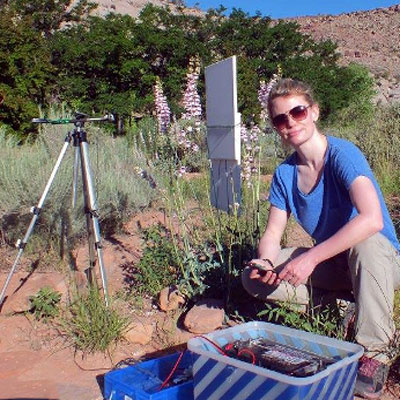
Using Rana technology to monitor pollinator activity
Duration: January 2017-December 2020
Summary: Ecologist, Sarah Barlow PhD used an automated motion-sensitive detection system called Rana to track and record pollinator activity on selected native plant species. This project allowed us to determine the diversity and frequency of insect visits on certain types of flowers, and helped answer important questions about pollinator services and "pollinator-friendly" plants in Utah. We have used Rana cameras for studies at the Rio Mesa Center outside of Moab, UT, in areas surrounding St. George, UT, as well as in the Natural Area and Children's Garden at Red Butte Garden, and recorded visits of many different kinds of native bees, butterflies, and even hummingbirds.
More about Sarah Barlow and her studies HERE.
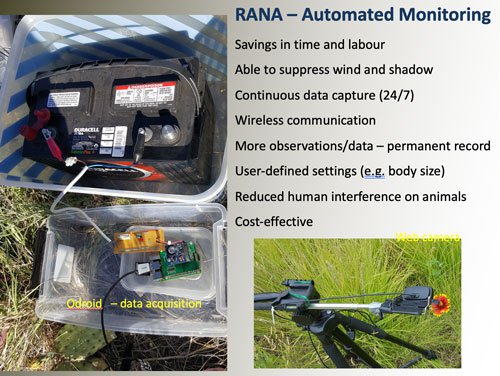
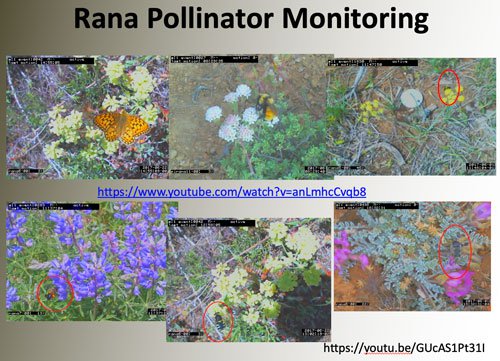
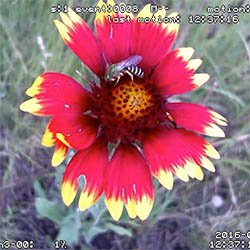
To watch a video of pollinators visiting flowers at Red Butte Garden, Click Here!

Seed Banking Projects
Rare & Endangered Seed Banking for Ex-situ Conservation
Partner: Bureau of Land Management (BLM) and Center for Plant Conservation (CPC)
Duration: Ongoing
Summary: Seed banking is a long-term method for conserving the diversity of plant species. Seeds of rare, threatened and endangered plants are collected and stored with low moisture content at low temperatures, thereby extending their lifespan. These collections preserve genetic material away from the threat of habitat destruction. We store a portion of seed in our on-site seed bank; another portion is sent to the National Center for Genetic Resources Preservation in Fort Collins, CO.
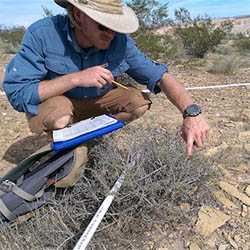
Blackrock Gypsum Vegetation Surveys and Rehabilitation Analysis
Partners: BLM, U.S. Fish and Wildlife Service, and Blackrock Gypsum
Duration: Completed in 2015
Summary: We surveyed habitat surrounding the Endangered Gierisch's globemallow (Sphaeralcea gierischii) population in Arizona to piece together the rehabilitation history of post-gypsum mining landforms. We compared vegetation structure and growth between rehab areas treated with gypsum-rich substrate and adjacent undisturbed control sites to examine the effects of past practices, seed mixes, and how adding gypsum substrate effected the success of native plant restoration in this area.
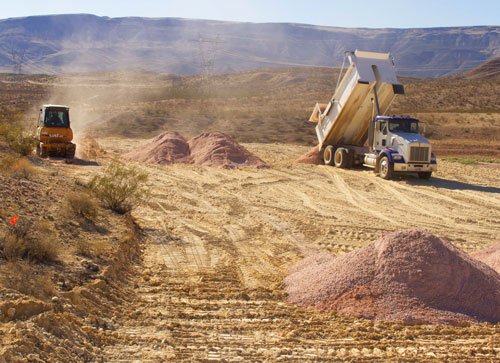
Adding the pink-colored gypsum-rich substrate to the test site.
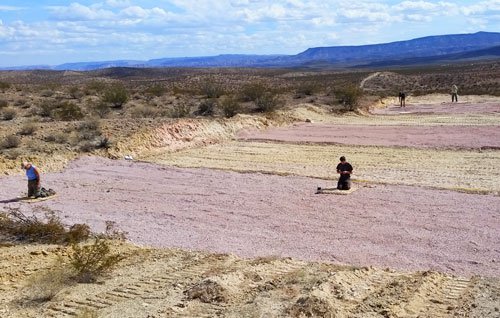
Re-seeding each section.
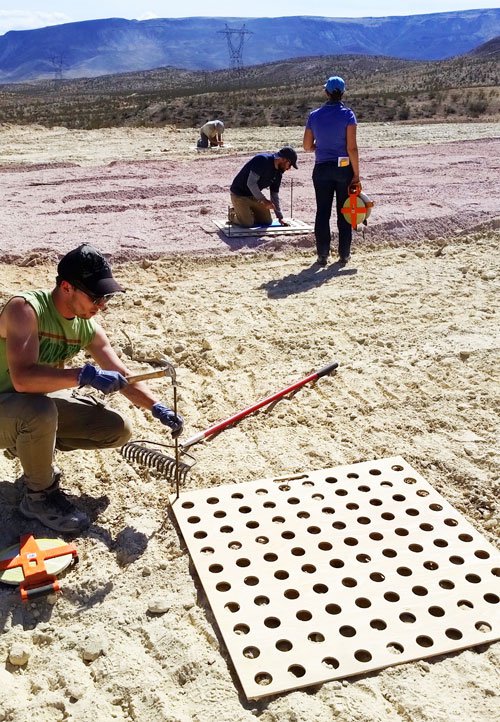
Re-seeding each section.
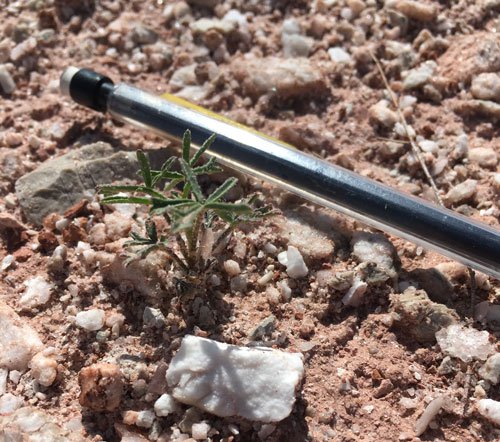
Monitoring seedling growth.
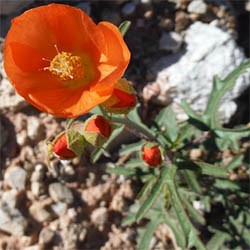
Endangered Plant Propagation & Reintroduction Projects
Project: Sphaeralcea gierischii (Gierisch's globemallow) propagation and reintroduction
Plant Status: Listed Endangered
Threats: Gypsum mining and off-road vehicle recreation
Partner: BLM, U.S. Fish and Wildlife Service
Duration: Completed in 2015
Summary: We conducted in-situ germination studies at a trial reintroduction site to assess the feasibility of reintroducing this species to rehabilitated gypsum mining substrates from seed. We monitored seedling establishment and tracked seedling survivorship from 2013-2015 on study sites in Arizona. We also collected seed for long-term ex-situ conservation and developed greenhouse propagation protocols. This species was listed as endangered in 2013—a decision that was informed by our data.
photo: Gierisch's globemallow

Project: Penstemon grahamii (Graham’s beardtongue) and Penstemon scariosus var. albifluvis (White River beardtongue) long-term demographic and population monitoring.
Threats: Oil and gas exploration, tar sand and oil shale mining, off-road vehicle use, and grazing. All threats are exacerbated by small population sizes and limited distribution.
Partner: BLM
Duration: Initiated in 2004, completed in 2015
Summary: Over the ten consecutive years of this monitoring project, we have collected demographic and population trend data from these species to inform management decisions. The project has grown to include propagation studies, ex-situ care of living specimens, and seed collection for ex-situ conservation.
photo: Graham’s beardtongue
